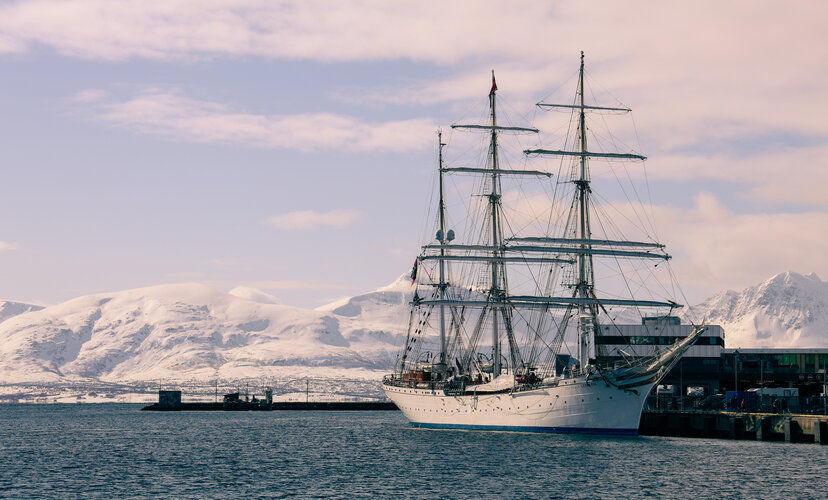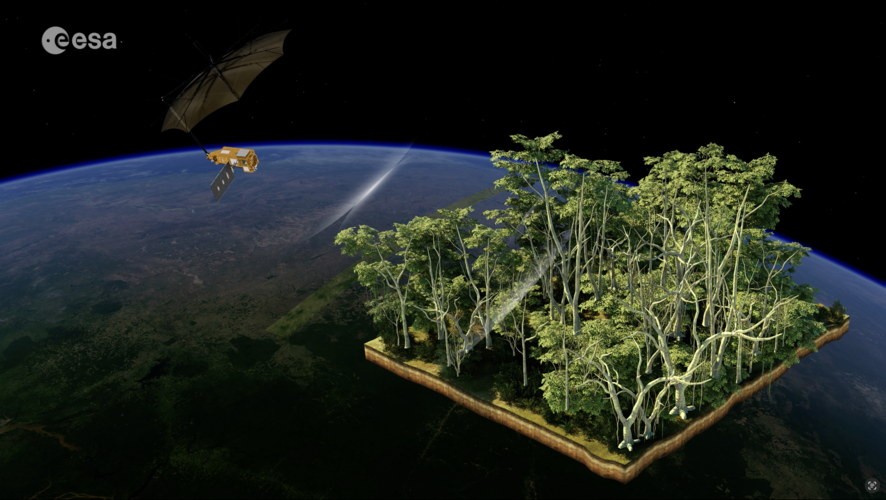
Copernical Team
First microbes blast off testing production of food for space travel
 Scientists from Imperial College London have embarked on a mission to test how engineered microbes can help sustain future spacefarers on interplanetary voyages.
As space agencies and private companies aim for distant planets, the logistics of carrying food, water, and fuel become increasingly costly and complex. Feeding one astronaut in orbit can cost up to Pounds 20,000 per day. To addr
Scientists from Imperial College London have embarked on a mission to test how engineered microbes can help sustain future spacefarers on interplanetary voyages.
As space agencies and private companies aim for distant planets, the logistics of carrying food, water, and fuel become increasingly costly and complex. Feeding one astronaut in orbit can cost up to Pounds 20,000 per day. To addr Current hurdles and technological roadmap for processing lunar hyperspectral orbiter data
 Spectral imagers have become vital tools in the quest to unravel the Moon's mineralogical makeup, playing a central role in today's lunar science missions. As interest grows in acquiring higher-quality remote sensing data, demands are increasing for instruments capable of capturing broader wavelength ranges with finer spectral and spatial resolution. Yet these technical gains bring a suite of da
Spectral imagers have become vital tools in the quest to unravel the Moon's mineralogical makeup, playing a central role in today's lunar science missions. As interest grows in acquiring higher-quality remote sensing data, demands are increasing for instruments capable of capturing broader wavelength ranges with finer spectral and spatial resolution. Yet these technical gains bring a suite of da ACES mission delivers record-breaking atomic clock to ISS for precision timekeeping
 ESA's Atomic Clock Ensemble in Space (ACES) has begun its journey to the International Space Station (ISS), where it will revolutionize timekeeping from orbit. Equipped with two ultra-precise atomic clocks and a sophisticated time-transfer system, ACES is set to broadcast the most accurate time signals ever generated in space, while enabling key experiments in fundamental physics, including real
ESA's Atomic Clock Ensemble in Space (ACES) has begun its journey to the International Space Station (ISS), where it will revolutionize timekeeping from orbit. Equipped with two ultra-precise atomic clocks and a sophisticated time-transfer system, ACES is set to broadcast the most accurate time signals ever generated in space, while enabling key experiments in fundamental physics, including real SpaceX Dragon resupply vessel docks with ISS, heralds experimentation
 A SpaceX Dragon spacecraft docked with the International Space Station Tuesday morning, loaded with needed supplies and equipment for experimentation.
The Dragon craft launched at 4:15 a.m. EDT Monday and connected to the zenith, space-facing port of the ISS's Harmony module at 8:40 a.m. Tuesday, just 20 minutes later than scheduled.
The craft, known as Commercial Resupply Servic
A SpaceX Dragon spacecraft docked with the International Space Station Tuesday morning, loaded with needed supplies and equipment for experimentation.
The Dragon craft launched at 4:15 a.m. EDT Monday and connected to the zenith, space-facing port of the ISS's Harmony module at 8:40 a.m. Tuesday, just 20 minutes later than scheduled.
The craft, known as Commercial Resupply Servic Veteran Chinese astronaut to lead fresh crew to space station
 China announced on Wednesday that a veteran astronaut will lead two crew members on their first flight to the Tiangong space station, the latest milestone in its race to send a manned mission to the Moon by 2030.
The Shenzhou-20 mission is scheduled to blast off at 5:17 pm on Thursday (0917 GMT) from the Jiuquan Satellite Launch Center in northwest China, Lin Xiqiang, deputy director of the
China announced on Wednesday that a veteran astronaut will lead two crew members on their first flight to the Tiangong space station, the latest milestone in its race to send a manned mission to the Moon by 2030.
The Shenzhou-20 mission is scheduled to blast off at 5:17 pm on Thursday (0917 GMT) from the Jiuquan Satellite Launch Center in northwest China, Lin Xiqiang, deputy director of the NASA's Lucy Spacecraft Images Asteroid Donaldjohanson
 In its second asteroid encounter, NASA's Lucy spacecraft obtained a close look at a uniquely shaped fragment of an asteroid that formed about 150 million years ago. The spacecraft has begun returning images that were collected as it flew approximately 600 miles (960 km) from the asteroid Donaldjohanson on April 20, 2025.
The asteroid was previously observed to have large brightness variati
In its second asteroid encounter, NASA's Lucy spacecraft obtained a close look at a uniquely shaped fragment of an asteroid that formed about 150 million years ago. The spacecraft has begun returning images that were collected as it flew approximately 600 miles (960 km) from the asteroid Donaldjohanson on April 20, 2025.
The asteroid was previously observed to have large brightness variati Curiosity rover uncovers carbon cycle clues in Martian crater
 New data from NASA's Curiosity rover has uncovered signs of a once-active carbon cycle on ancient Mars, offering fresh insight into the planet's past potential to host life.
Dr. Ben Tutolo, PhD, a geoscientist at the University of Calgary's Department of Earth, Energy and Environment, played a key role in the research. As a member of the Curiosity rover science team, Tutolo is focused on u
New data from NASA's Curiosity rover has uncovered signs of a once-active carbon cycle on ancient Mars, offering fresh insight into the planet's past potential to host life.
Dr. Ben Tutolo, PhD, a geoscientist at the University of Calgary's Department of Earth, Energy and Environment, played a key role in the research. As a member of the Curiosity rover science team, Tutolo is focused on u Where are all the aliens?: Fermi's Paradox explained
 Astronomers raised hopes that humanity might not be alone in the universe by announcing on Thursday they have detected the most promising hints yet of life on a distant planet.
But given the age and vastness of the universe, a different question has long puzzled some scientists: why haven't we already come in contact with aliens?
"Where is everybody?" Enrico Fermi asked fellow famous ph
Astronomers raised hopes that humanity might not be alone in the universe by announcing on Thursday they have detected the most promising hints yet of life on a distant planet.
But given the age and vastness of the universe, a different question has long puzzled some scientists: why haven't we already come in contact with aliens?
"Where is everybody?" Enrico Fermi asked fellow famous ph Next generation scientists set sail to harness space for oceans

A new wave of ocean scientists has embarked on an extraordinary six-week voyage aboard a majestic tall ship that set sail today from Norway bound for southern France. But this is no ordinary journey.
Thanks to this ESA Advanced Ocean Training Course, these upcoming researchers will be taking a deep dive into ocean science, empowering them with skills to harness satellite data for research, innovation and sustainable development – and preparing them to become tomorrow’s leaders and ambassadors for ocean science.
Lifting the canopy on Earth’s forests
 Video:
00:02:22
Video:
00:02:22
ESA’s state-of-the-art Biomass mission has been designed to shed new light on the health and dynamics of the world’s forests, revealing how they are changing over time and, critically, enhancing our understanding of their role in the global carbon cycle. It is the first satellite to carry a fully polarimetric P-band synthetic aperture radar for interferometric imaging. Thanks to the long wavelength of P-band, around 70 cm, the radar signal can slice through the forest canopy and whole forest layer to measure the ‘biomass’, meaning the woody trunks, branches and stems, which is where trees store most of their
